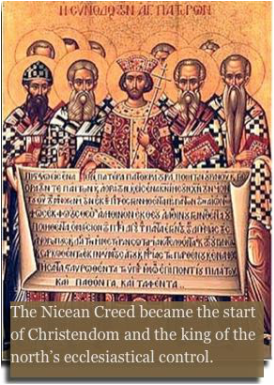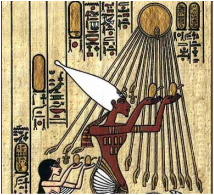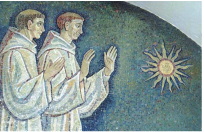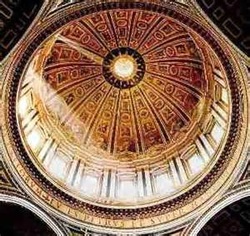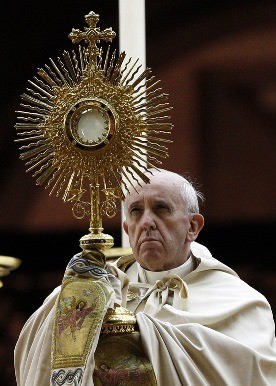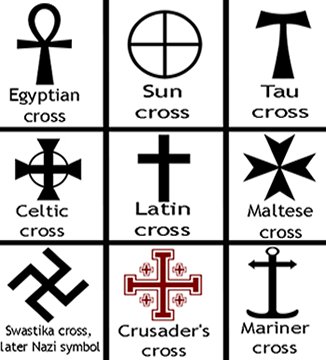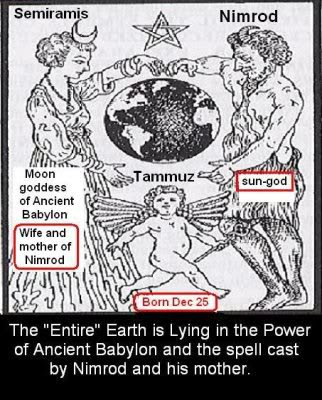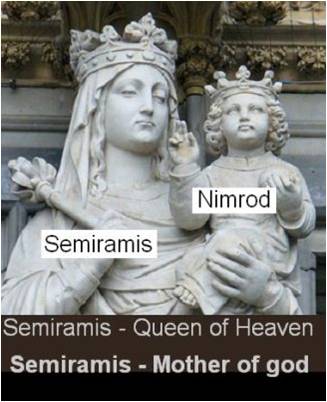The Birth of Christianity
The merging of sun worship into Christianity
|
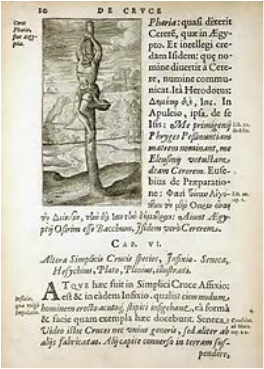 The crucifixion of the Mashiach did not involve a cross. The crucifixion of the Mashiach did not involve a cross.
Christianity replaced the Hebrew faith with pagan, idolatrous religion, and sun worship. The most prominent symbol of the Christian faith is the cross. This has been a pagan symbol and form of idolatry long before the Mashiach and is another false doctrine that Christianity inherited from the mother of harlots, the Holy Roman Catholic Church (HRCC). The Mashiach was not crucified on a cross, the original translation from Hebrew was that he was nailed to a tree. In the Greek translation of the texts the term used to describe the instrument of his crucifixion was commonly used to dispatch criminals or enemies of the state and was called a stauros (wooden stake or pole). The symbol of the cross was added later by Constantine to represent the Mashiach, but in reality it represented the T that was at the center of the zodiac calendar and the first letter of the name Tammuz.
Tammuz is a Babylonian god that is the reincarnation of Nimrod and was born on December 25th, to his virgin mother Semiramis (Ishtar or Easter), who received Nimrod’s essence through the sun (origin of religion). Semiramis was known as the “mother of god” or the “queen of heaven” and is represented by the mother and child statue also known as the Madonna and child. This imagery and idolatry was also used in Mistrian (Egyptian) religion and is representative of Isis and her child Horus who was also born on December 25th of a virgin birth and his mother was also impregnated by the sun. All of the old temples of sun worship were simply replaced by Christian churches built directly over top of them, which was also against the word of the scriptures, and the day of worship was moved from the Sabbath (last day of the week) to Sunday (the first day which is also the sun’s day or Apollo’s day). Many other pagan symbols have been handed down from Ancient Sumer, to Mistrayim, to Babylon, and then onto Rome such as; the zodiac or the use of astrology to personify "gods" in the sky (stars and other heavenly bodies) and the actions of the people below; the oculus or circular openings in domed structures (for sun worship); the burning of candles and incense for rituals; paying rites to the dead; the obelisk (Washington monument) which represents the male phallus and is also used to track and/or worship the sun. |
